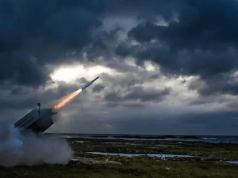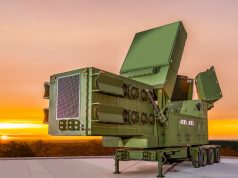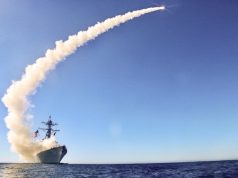Japan’s Ministry of Defense announced that it formally signed a contract worth about 254 billion yen ($1.7 billion) with the US Government to acquire up to 400 US-made long-range Tomahawk cruise missiles.
Last week Japan’s MoD signed a letter of offer and acceptance, marking the acquisition of Tomahawk cruise missiles and related equipment from the US government through a foreign military sales (FMS) agreement.
According to a FMS approval issued by the US State Department in November 2023, the sale is set to include up to 200 Block V Tomahawks and 200 Block IV Tomahawks, and 14 Tactical Tomahawk Weapon Control Systems, complemented by support, training, maintenance, spares, and ancillary services.
The MOD of Japan specified that the acquisition is slated to take place during the fiscal years 2025 to 2027.
Japan intends to deploy the Tomahawk cruise missiles on its eight Aegis destroyers, encompassing four Kongo class, two Atago class, and two Maya class vessels. Additionally, the plan includes equipping the two upcoming Aegis system-equipped destroyers scheduled for commissioning in 2027 and 2028 with the Tomahawk missiles.
The Tomahawk missile, currently represented by the Block IV Tactical Tomahawk, or TACTOM, features a data link facilitating mid-flight target switching and the ability to loiter for extended durations, with instant course adjustments on command. Produced by Raytheon, this cruise missile is recognized for its precision in strikes and adaptability to various mission requirements.
In recent developments, the US Navy initiated the recertification and modernization of the Tomahawk missile in 2020, leading to the introduction of the Tomahawk Block V series.
This series includes Block V, focusing on the modernization of TACTOM with upgraded navigation and communication capabilities. Additionally, the Block Va variant is specialized for striking moving targets at sea, while the Block Vb variant incorporates a joint multi-effects warhead, expanding its versatility for engaging diverse land targets.
The specific Block V variant chosen by Tokyo remains undisclosed at this stage.



























